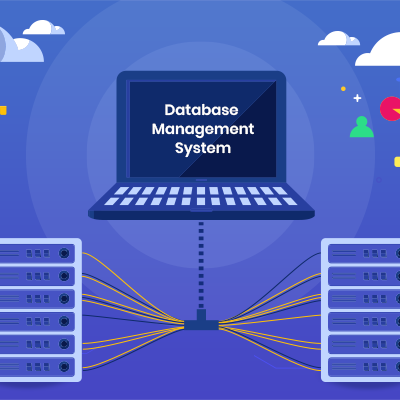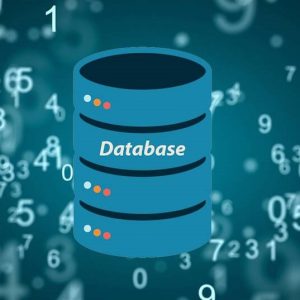Description
Structured Data Markup File
A Structured Data Markup File is used to represent hierarchical and structured data that can be easily read, interpreted, and processed by applications. These files are widely used in web applications, APIs, and data exchange formats.
What Problem Does It Solve?
Data needs to be structured in a way that is both human-readable and machine-parsable. Without structured markup, exchanging and organizing data across applications becomes cumbersome and error-prone.
About the Code Language
Common structured data formats include:
- JSON (JavaScript Object Notation) – Lightweight and widely used in APIs.
- XML (eXtensible Markup Language) – Flexible and hierarchical for structured data.
- YAML (YAML Ain’t Markup Language) – Human-readable configuration format.
How to Customize and Use
1. Define Data Schemas:
Structure data properly to ensure consistency.
2. Use Indentation for Readability:
In YAML and JSON, proper indentation improves clarity.
3. Validate Data Before Use:
Use schema validation tools to ensure correct format.
4. Minify for Performance:
JSON and XML files can be minified for faster processing.
5. Ensure Compatibility Across Platforms:
Use standardized formats to allow data interoperability.
6. Secure Data Properly:
Avoid storing sensitive information in unprotected markup files.
Conclusion
Structured Data Markup Files are essential for data organization and exchange. Choosing the right format depends on the application’s requirements for readability, flexibility, and performance.








Hawawu –
“This Structured Data Markup File was exactly what I needed! As a solo developer, I often struggle with organizing and managing data for my projects. This file simplified the process immensely. The hierarchical structure made everything clear and easily manageable. The support for multiple formats like JSON, XML, and YAML is a massive plus, allowing for seamless interoperability. The fact that it’s both machine and human-readable is incredibly convenient. It’s made my life so much easier!”
Isreal –
“This structured data markup file has been incredibly helpful for me. It allowed me to neatly define and organize my data, making it simple to use across my web and application projects. The support for common formats like JSON and XML is a huge plus, ensuring easy interoperability. Being readable by both machines and humans makes development and debugging much smoother. A truly valuable asset!”
Badamasi –
“This structured data markup file has been a fantastic asset in my solo projects. Its ability to define content and organize data hierarchically made working with web and application data much simpler. The interoperability support is excellent, allowing for smooth integration with other systems. I appreciate that it’s both machine and human-readable, and the support for multiple formats like JSON, XML, and YAML is a real plus. It streamlined my workflow and made managing complex data structures surprisingly straightforward.”
Olayemi –
“This structured data markup file is fantastic! It really helped me organize my web and application data efficiently. I love how it supports interoperability and is readable by both machines and humans. Being able to choose between JSON, XML, and YAML formats offers great flexibility. A valuable asset for any solo developer seeking a streamlined workflow.”
Onyewuchi –
“This structured data markup file was exactly what I needed to organize my web application’s data. The hierarchical structure made everything incredibly easy to understand and work with, and the interoperability has already saved me so much time. Being able to choose between JSON, XML, and YAML gave me the flexibility I needed, and the fact that it’s both machine and human-readable is a huge bonus. It streamlined my workflow significantly and I am so pleased with how much easier it made everything.”
Rasheedat –
“This structured data markup file has been an absolute essential for my solo work. It streamlined my data organization with its hierarchical structure, making it simple to manage web and application data. The interoperability is excellent, and the fact that it’s both machine and human-readable is a huge bonus. I appreciate the support for various formats like JSON, XML, and YAML. A definite improvement to my workflow!”